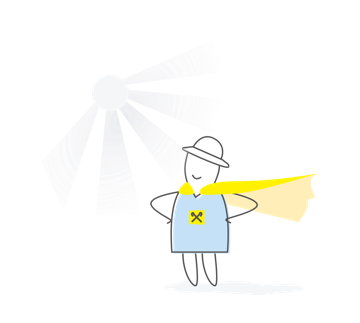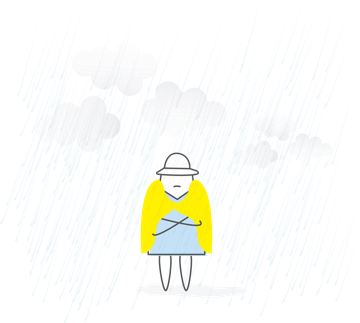Making Quarantine Downtime
Your business may have been temporarily banned and you have closed your salons, studios, cafes, restaurants, non-food stores or event agencies until the end of the quarantine. Or production load has fallen sharply. You need to decide how to deal with employees who are becoming increasingly difficult to retain.
At first glance, it would seem that this problem is easily solved - there are three possible options:
• granting annual paid leave;
• granting unpaid leave for the period of quarantine;
• registration of downtime.
Each of the options has its own characteristics. The most advantageous solution for a self-employed person is to send employees on unpaid leave, as he will not incur costs. But not all employees can agree to this, and the private individual cannot force them, because such leave is issued by agreement of the parties. It is also not possible to force an employee to go on paid annual leave. You can offer if he agrees. And if not? The employer is forced to establish a simple, despite the fact that the execution of such a decision is not the most profitable option for him, because the activity is not carried out, there is no income, and employees need to be paid.
The definition of downtime is given in Art. 34 of the Labor Code: "This is a suspension of work caused by the lack of organizational or technical conditions necessary to perform the work, by inevitable force or other circumstances." In this case, quarantine is "other circumstances" that do not allow employees to perform their work.
Naturally, the question arises: how much do employees have to pay for downtime? And despite the fact that the Labor Code contains a special article - 113, there was no clear answer. And all because it provides two possible amounts of payment. And despite the fact that the clarifications were made by the Law of Ukraine of 30.03.2020 № 540-IX, which entered into force on April 2, 2020, they do not give an unambiguous answer. Now, according to the new version of Art. 113 of the Labor Code:
- the period of downtime not through the fault of the employee, including the period of quarantine, established by the Cabinet, is paid at the rate of not less than 2/3 of the tariff rate of the established salary (paragraph 1 of Article 113 of the Labor Code);
- during the period of downtime, when there is a production situation that is dangerous to life or health of the employee or the people around him and the environment through no fault of his, the employee retains average earnings (paragraph 3 of Article 113 of the Labor Code).
On the one hand, paragraph 1 of Art. 113 of the Labor Code contains such a reason for payment of downtime as quarantine. Based on which, payment should be made based on 2/3 of the salary. On the other hand, in order to prevent the spread of COVID-19, the entrepreneur's business was banned and he was forced to cease its activities. And in this case we can say that the simple is associated with a threat to life and health of the employee. So, it must be paid based on average earnings. How to pay correctly, there is no official answer to this question yet.
We can assume that in the event that the business of a self-employed person is banned for the period of quarantine, and he is forced to cease its activities, then during the period of downtime for employees should keep the average salary. If the business was not banned, but the volume of production was reduced and the sole proprietor decided to issue a simple for individual employees, in this case, payment should be made in the amount of not less than 2/3 of the tariff rate of the established salary.
In any case, the simple is documented. The sole proprietor must issue an order. Indicate in it with reference to the resolution of the Cabinet of Ministers, which declares quarantine and a ban on its type of activity, from which date is set simple and for which employees (give names), if their work can not be remote. The amount of downtime payments should also be recorded. All employees who have been issued a simple document must be acquainted with this document under the list. The downtime period should also be reflected in the timesheet. And it is denoted by the letter code "P".
Authorship edited by Tserkovna A.















